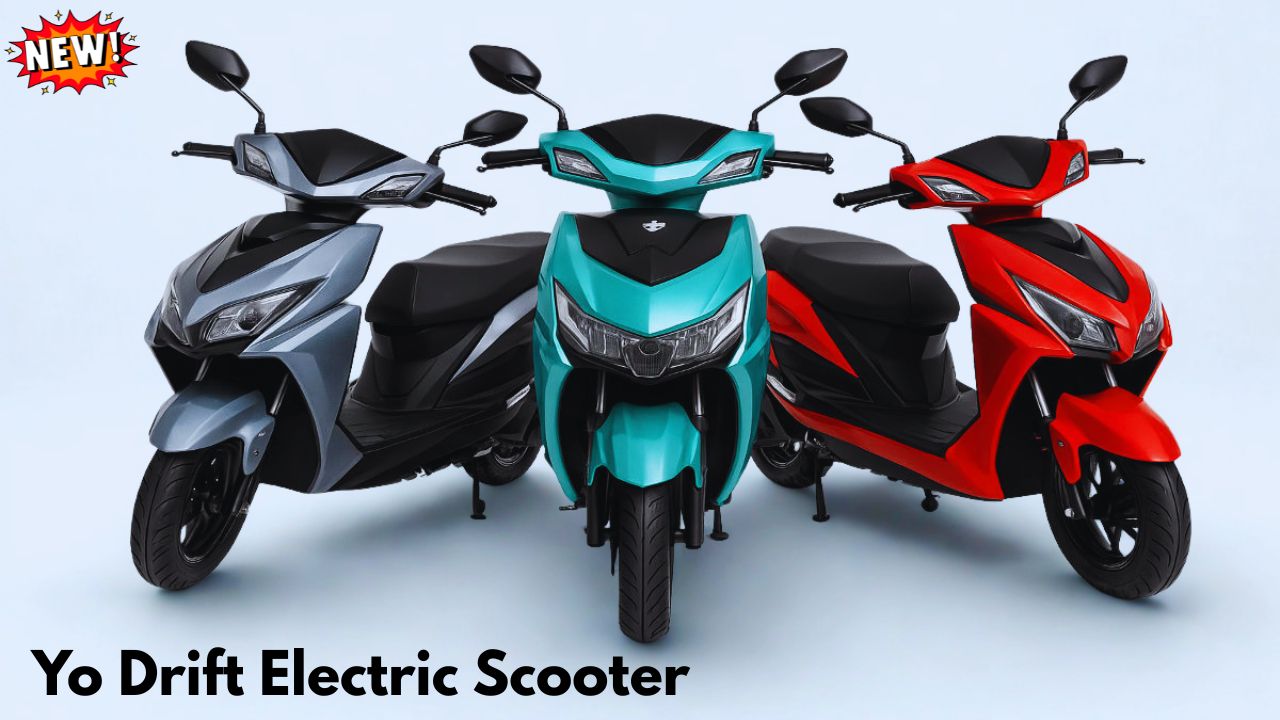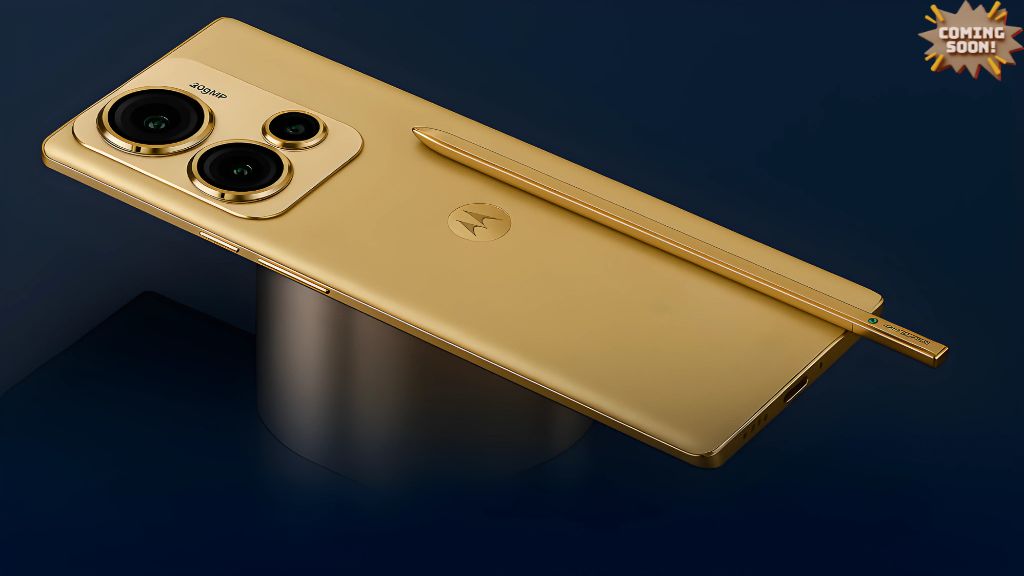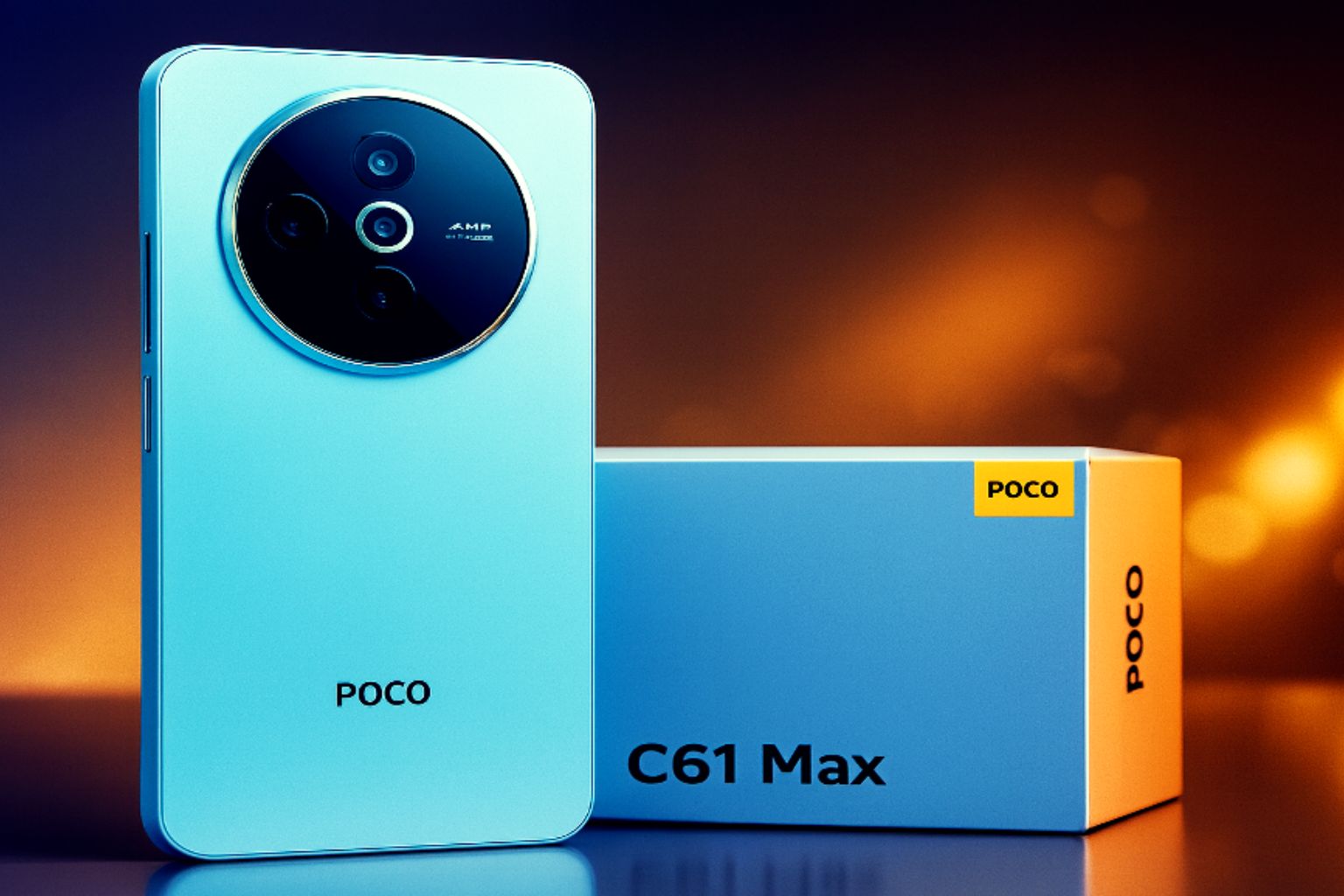Tata Sumo Overview
Tata Sumo is a name that has echoed through the Indian automotive landscape for decades. First introduced in 1994 by Tata Motors, the Sumo was one of the pioneering multi-utility vehicles (MUVs) in India. Designed to cater to both personal and commercial needs, the Tata Sumo quickly became a household name, especially in rural and semi-urban areas.
Known for its robust build, ample interior space, and versatility, the Sumo carved a niche for itself in a market that was still warming up to utility vehicles. Over the years, the model went through several upgrades and facelifts, yet it retained the core values of ruggedness and dependability. This article delves into every aspect of the Tata Sumo, from its history and evolution to its technical specifications, design elements, performance, and market impact.
Tata Sumo History and Evolution
The Tata Sumo was launched in 1994 with a clear focus on serving as a people mover that could also handle the rough terrains of India. The name “Sumo” was reportedly derived from Sumant Moolgaonkar, a prominent figure at Tata Motors. Its launch marked Tata Motors’ entry into the passenger vehicle segment in a more serious way. Initially targeted towards the armed forces and large families, the vehicle quickly gained popularity due to its practicality and cost-effectiveness.
In its early years, the Sumo came with a 2.0-litre diesel engine which was powerful enough to tackle Indian roads, both paved and unpaved. Over the next two decades, Tata introduced various iterations such as the Sumo Spacio, Sumo Victa, and Sumo Gold. Each new variant brought in changes in engine performance, fuel efficiency, and interior design, thus keeping the model relevant in a fast-evolving market.
Tata Sumo Design and Exterior
The Tata Sumo was never designed to be a head-turner in terms of style, but it had a rugged charm that appealed to its core audience. Its boxy and muscular design offered a strong road presence. The front fascia was characterized by a bold grille and square headlights, giving it an assertive look. The body-on-frame construction added to its toughness and ability to withstand harsh conditions.
The large windows ensured excellent visibility, while the tall stance allowed easy ingress and egress. Later models introduced minor cosmetic upgrades such as revised bumpers, side claddings, and new color options. Though not flashy, the exterior design of the Tata Sumo was purpose-driven and practical.
Tata Sumo Interior and Cabin Space
The interior of the Tata Sumo was designed with a focus on utility and space. It could comfortably seat seven to nine passengers, depending on the configuration. The cabin layout was simple yet functional, with basic amenities such as air conditioning, fabric seats, and a straightforward dashboard. The rear rows often had side-facing benches, maximizing passenger capacity. The vehicle offered ample headroom and legroom, especially in the front and middle rows. Over the years, Tata improved the cabin with better materials, more ergonomic seats, and enhanced noise insulation. However, the focus remained on durability and ease of maintenance rather than luxury.
Tata Sumo Engine and Performance
The Tata Sumo was powered by a range of diesel engines over its lifetime. The earlier models came with a 2.0-litre naturally aspirated diesel engine, which was later upgraded to a 3.0-litre turbocharged version in the Sumo Victa and Sumo Gold. These engines were mated to a 5-speed manual transmission. The vehicle offered decent power output for its segment, making it capable of handling both city commutes and rough terrains.
The suspension setup, which included independent front suspension and leaf springs at the rear, contributed to a stable and comfortable ride. Though not the quickest off the line, the Sumo delivered reliable performance, especially under load. It was a favorite among fleet operators and government agencies for its ability to endure high usage with minimal downtime.
Tata Sumo Fuel Efficiency and Maintenance
Fuel efficiency has always been a critical factor for Indian buyers, and the Tata Sumo did reasonably well in this department. The older naturally aspirated engines offered around 12-14 km/l, while the newer turbocharged variants managed slightly better figures under optimal driving conditions. Maintenance was another strong suit for the Sumo. Its mechanical simplicity made it easy to service, and spare parts were readily available even in remote areas. Tata’s extensive service network ensured that the vehicle remained roadworthy for years, making it a favorite among budget-conscious consumers.
Tata Sumo Safety Features
Safety features on the Tata Sumo were minimal in the early models but gradually improved over time. The basic structure itself was robust, which offered a certain degree of passive safety. Later versions came equipped with features like seat belts for all passengers, side-impact beams, and improved braking systems. However, it still lagged behind modern standards, especially when compared to contemporary MUVs that offer ABS, airbags, and electronic stability control. Nevertheless, for its time, the Sumo offered a dependable and safe ride, particularly in rural environments where modern safety norms were not always prioritized.
Tata Sumo Technology and Features
Technology was never the strong point of the Tata Sumo, especially in the early years. It came with basic instrumentation and controls. Features like power steering, power windows, and a music system were introduced in later models like the Sumo Victa and Sumo Gold. Some models also included digital odometers and optional fog lamps. While it couldn’t compete with newer models in terms of infotainment or connected car features, it covered the essentials required for both urban and rural driving. The simplicity of its tech made it more reliable and less prone to malfunction.
Tata Sumo Off-Road Capability
One of the standout features of the Tata Sumo was its off-road capability. Thanks to its high ground clearance, rugged chassis, and powerful engine, the Sumo could handle difficult terrains with ease. It was often used in hilly regions, construction sites, and even by the military in some cases. While not a dedicated 4×4 vehicle, some variants did come with four-wheel-drive capabilities. The robust suspension and strong torque delivery made it a reliable performer in off-road conditions. This trait significantly contributed to its popularity in regions with poor road infrastructure.
Tata Sumo Market Impact and Popularity
The Tata Sumo had a profound impact on the Indian automobile market. It was one of the earliest entrants in the MUV category and helped popularize the concept of multi-utility vehicles in India. Its affordability, ease of maintenance, and reliability made it a go-to choice for large families, fleet operators, and government departments. Over the years, it built a loyal customer base and a strong resale value. The Sumo became synonymous with rural mobility, often serving as the backbone of transport in smaller towns and villages. Its popularity also extended beyond India to some international markets in Africa and South Asia, where durability was more valued than luxury.
Tata Sumo Competition in the Market
During its prime, the Tata Sumo faced competition from vehicles like the Mahindra Bolero, Chevrolet Tavera, and later the Toyota Qualis and Innova. While these competitors brought more modern features and refined performance, the Sumo continued to hold its ground due to its lower cost and rugged build. Mahindra Bolero was perhaps its closest rival, offering similar utility but with a slightly better feature set in later years. Despite the competition, the Sumo managed to maintain a significant share in the MUV segment for a long time.
Tata Sumo Legacy and Discontinuation
The Tata Sumo was eventually discontinued in 2019 after a production run that spanned over 25 years. Several factors contributed to its discontinuation, including stricter emission norms, evolving consumer preferences, and competition from more modern vehicles. However, its legacy remains strong. The Sumo proved that Indian automakers could build vehicles suited to Indian conditions, and it paved the way for future models like the Tata Safari and Hexa. Even today, it is not uncommon to see a Tata Sumo in operation, a testament to its durability and lasting appeal.
Future of Tata Sumo Brand
There have been periodic rumors about Tata Motors reviving the Sumo brand with a new, modern avatar. Given the increasing demand for SUVs and rugged vehicles, there is certainly potential for a rebirth. If Tata chooses to bring back the Sumo, it will likely be re-engineered to meet current safety, emission, and feature expectations. A modern Sumo could combine its traditional strengths of durability and spaciousness with new-age technology and design. While nothing has been officially confirmed, the name Sumo still holds emotional value for many Indians, making it a strong candidate for revival.
Tata Sumo in Indian Culture and Media
The Tata Sumo has also found a place in Indian culture and media. It has been featured in numerous Bollywood movies, TV shows, and regional cinema, often portrayed as the go-to vehicle for cops, politicians, and rural heroes. Its strong and bold appearance made it a favorite for such roles. In many ways, the Sumo became a symbol of power and reliability, both on and off-screen. The name itself evokes a sense of nostalgia for many who grew up seeing the vehicle dominate Indian roads.
Conclusion on Tata Sumo
The Tata Sumo was more than just a vehicle; it was an icon. With its simple yet effective design, powerful engine options, and unmatched utility, it served the diverse needs of Indian consumers for over two decades. While it may no longer be in production, the legacy of the Tata Sumo lives on. It set benchmarks for what a true multi-utility vehicle should be in India, and its impact is still felt in the market today. Whether or not Tata Motors decides to revive the Sumo brand, its contribution to Indian automotive history is unquestionable.










